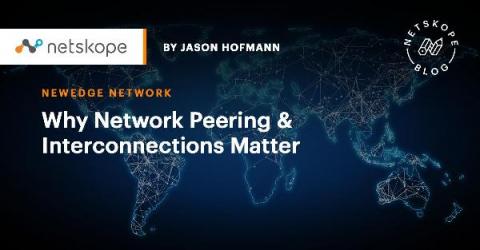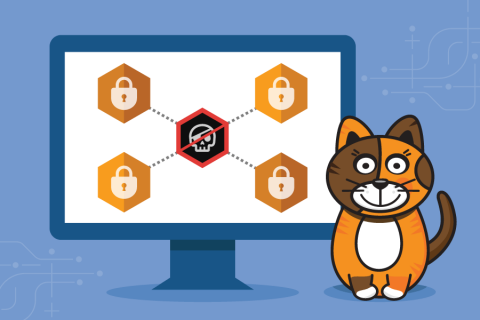Why Patch Management Is Important and How to Get It Right
Many software developers tend to see patch management as another tedious security task that gets in the way of the development process. However, considering Forresters’s recent State of Application Security Report for 2020 predicted that application vulnerabilities will continue to be the most common external attack method, patch management is a critical part of the vulnerability management process that organizations can’t afford to neglect.










